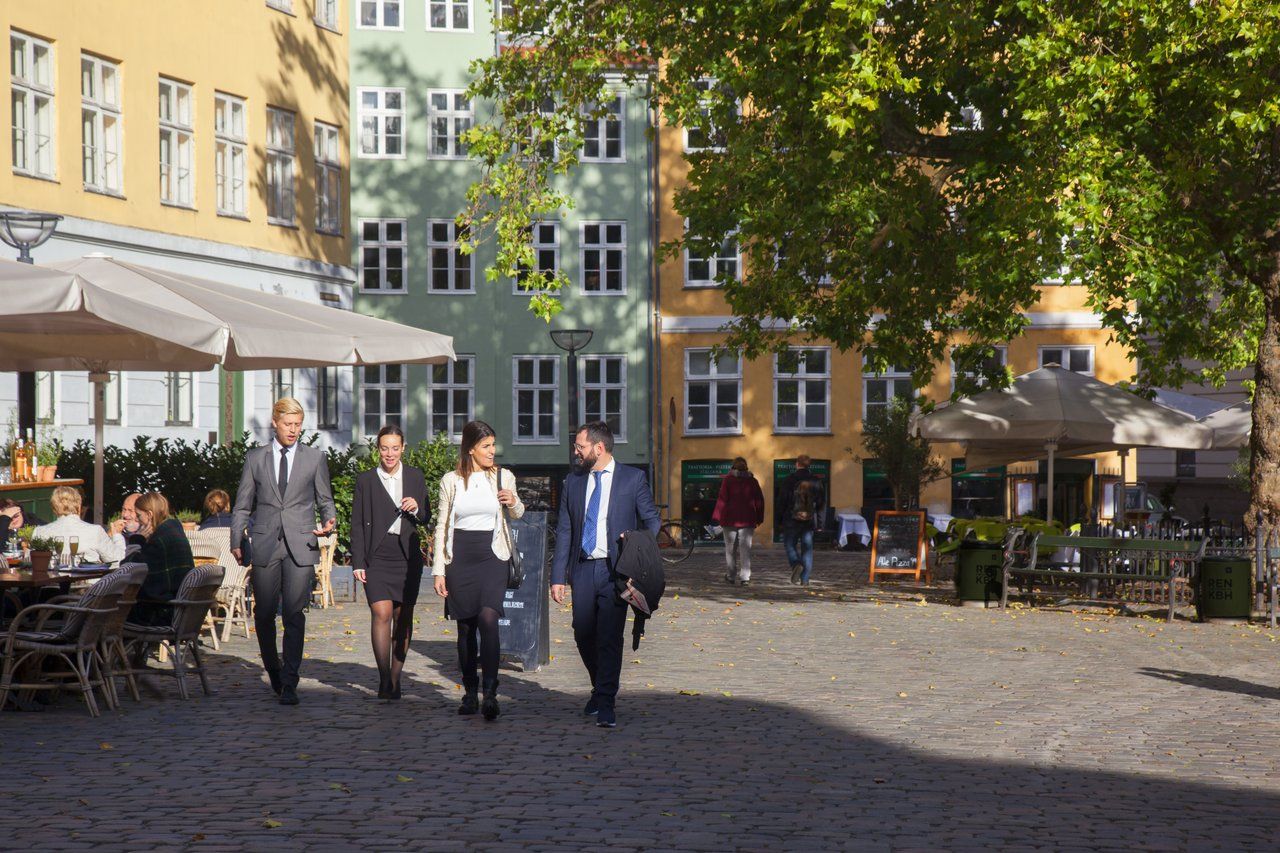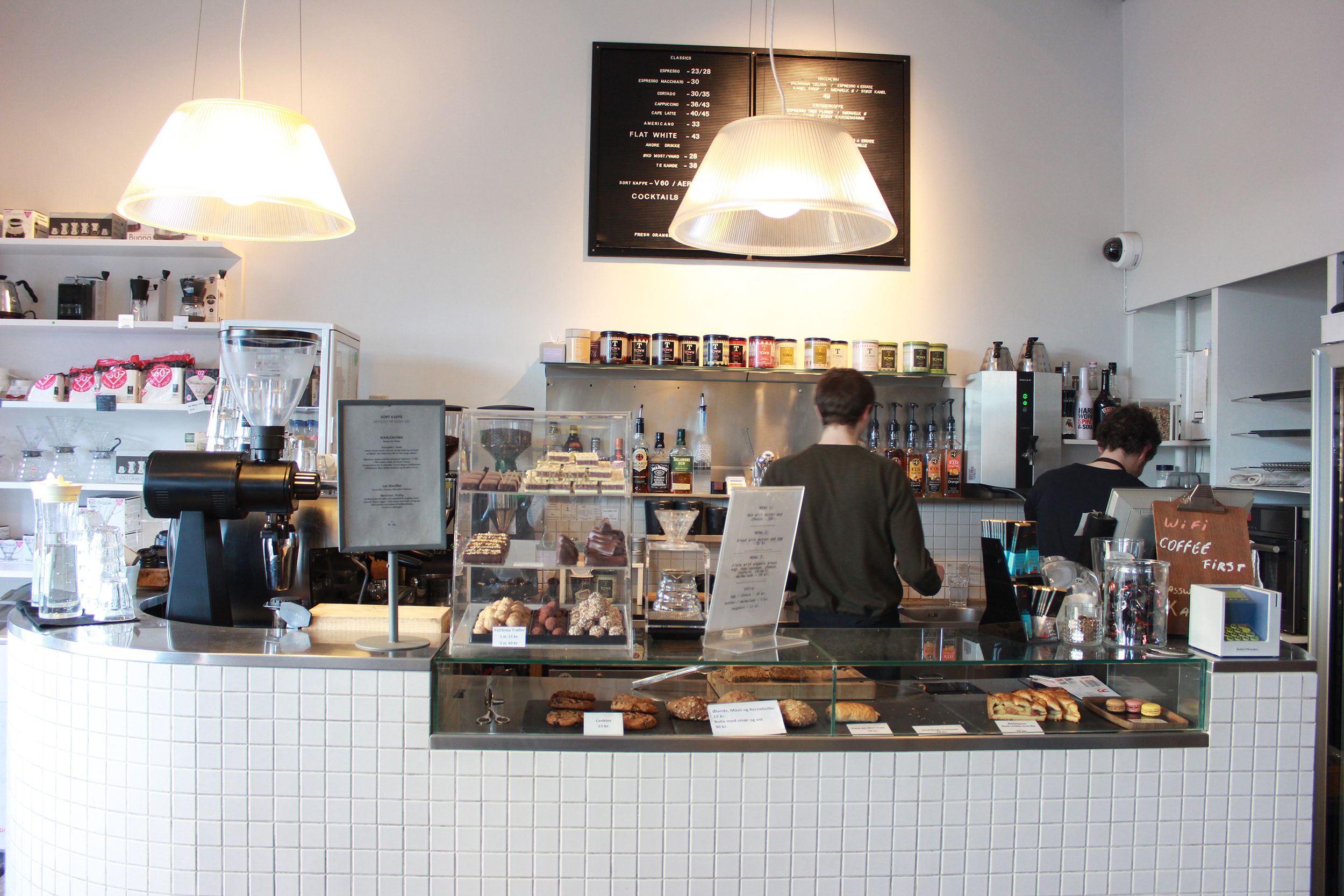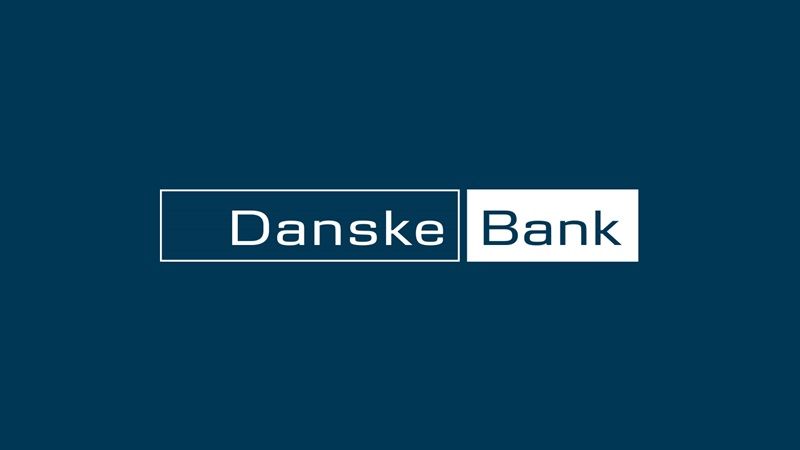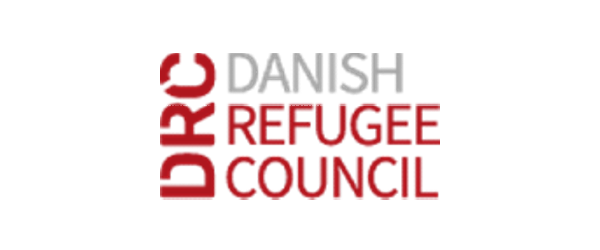Caroline Wozniacki’s media circle is noisy. As the girlfriend of golfer Rory McIlroy, one of the world’s leading sportsmen, the questions about her love life, and of course her failure to win a grand slam despite being the world number one for over a year, never cease.
But this week, there’s been a different kind of racket emanating from the circus: about her actual racquet to be precise.
In practice, and then in the first round of the Aegon International on Tuesday, she has been using a mysterious blacked-out one. Onlookers and media are a little confused, but appear to agree on one thing: it’s not the one specified in her lucrative sponsorship contract with Yonex.
On Tuesday, Wozniacki played quite well, breaking the defending champion Tamira Paszek three times before her opponent, who knocked her out of Wimbledon last year in the first round, retired injured.
It was an encouraging performance from a player who looks relieved to have put a dismal clay court season behind her. Heading into the next round of the Aegon, and then Wimbledon next week, she will take confidence from a grass court season last year that saw her push an in-form Paszek hard at Wimbledon, before making the quarter-finals of the London Olympics.
Switching racquets – she had used the Yonex for two years with limited success – might prove to be an inspired decision. Nobody knows whether it’s the trusty Babolat that she used with great success throughout her career until early 2011, but everyone suspects it.
“I’m just tinkering a little bit with my racquet,” Wozniacki explained to media after the game. “I’m still under contract with Yonex, so we’re just trying to figure it out. I just feel like I needed a little bit more power and the racket will help.”
The irony won’t be lost on McIlroy, courtside to watch Wozniacki triumph, who hasn’t managed to win a tournament since signing a mega multi-million deal to use Nike clubs in January. (BH)













